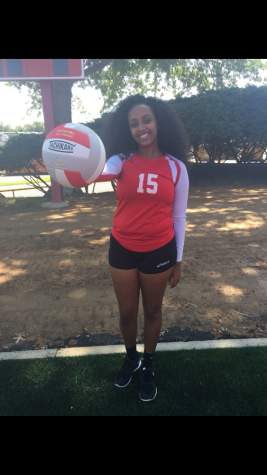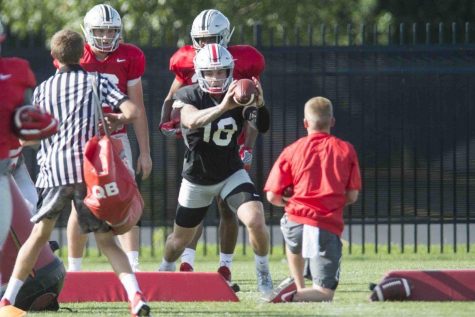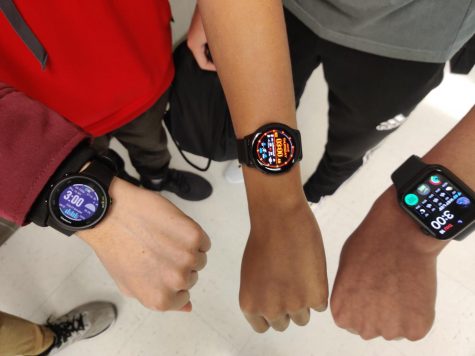AHS reacts to unequal pay in professional sports
As the U.S. Women’s Soccer team begins preparing to attempt their second consecutive world championship, a surprising discovery altered the team’s focus. In a shocking turn of events, five players on the defending world champion team, including stars Carli Lloyd, Hope Solo, and Alex Morgan, filed a wage discrimination complaint against the U.S. Soccer Federation with the Equal Employment Opportunity Commission on April 1.
Varsity soccer player Casey Goettlicher takes a firm stance, siding with the women’s soccer team.
“Because they are playing the same sport, they deserve to be paid equally,” Goettlicher said. “We live in a world with ignorant people who still don’t believe in equal rights.”
The lawsuit is broken down to two main areas: different pay structures for the men and women, and smaller world cup bonuses. According to the New York Times, women’s pay per player per exhibition game is $3,600 with a $1,350 bonus for winning. On the other hand, male players get $5,000 per exhibition match with a $8,166 bonus.
Junior Varsity soccer player Jesse Agyapong takes a more ‘eye for an eye’ approach.
“The teams should be paid according to how much profit they make for the sport in general,” Agyapong said. “I think the women’s team gets paid less because they’re not as profitable as the men’s team, which people [tend to] watch more.”
Yearly pay, for 20 games, among both teams have an even larger gap. In a lose all situation, the women’s team per player receives $72,000, while the men receive $100,000. In the case of a win all situation, the women’s team per player gets $99,000 while male players get $263,320.
“They should be paid equally because they are doing the same things, just the intensities are different but they both train hard and compete,” Senior Katie Pacak said. “Women get paid less not only in soccer but other professional sports and athletic careers as well, and there are a variety of reasons but not that are valid for a significant difference in pay.”
The World Cup pay, however, is the most sensitive area for the women’s team given their recent title. According to the NY Times that for getting third place, the women’s team receives a $20,000 bonus while the men receive $52,038. For second place, the women’s team collects $32,500 while the men collect $260,417. In the case of winning a title, the difference is astounding. Female players earn a $75,000 reward compared to the men who earn a whopping $390,625.
Senior Joseph Listopad takes a similar stand as Agyapong, claiming that rather than enforcing equal pay, athletes should get paid based on how much profit they accumulate for the organization.
“Since girls and guys soccer is basically the same, yes [both the men’s and women’s team should be paid the same,]” Listopad said. “They get paid less because they don’t have the same viewership as men’s sports and therefore less sponsorships and advertising leading to less revenue.”
The trend among male and female opinion on the topic of equal pay was indistinguishable. Most, if not all, of the overall male opinion was centered around the idea of defending the organization for paying players based on revenue, while female opinion claims it was yet another form of gender inequality.
In an effort to solve the conflict, the U.S. Soccer federation proposed an increased budget for 2016, including a $2.3 million 10-game victory tour after this year’s summer Olympics through sponsorships and television contracts.

Almaz Abedje is a senior at AHS and this is her first year on the A-Blast. She is a staff writer. She is on the varsity volleyball team and an active member...




